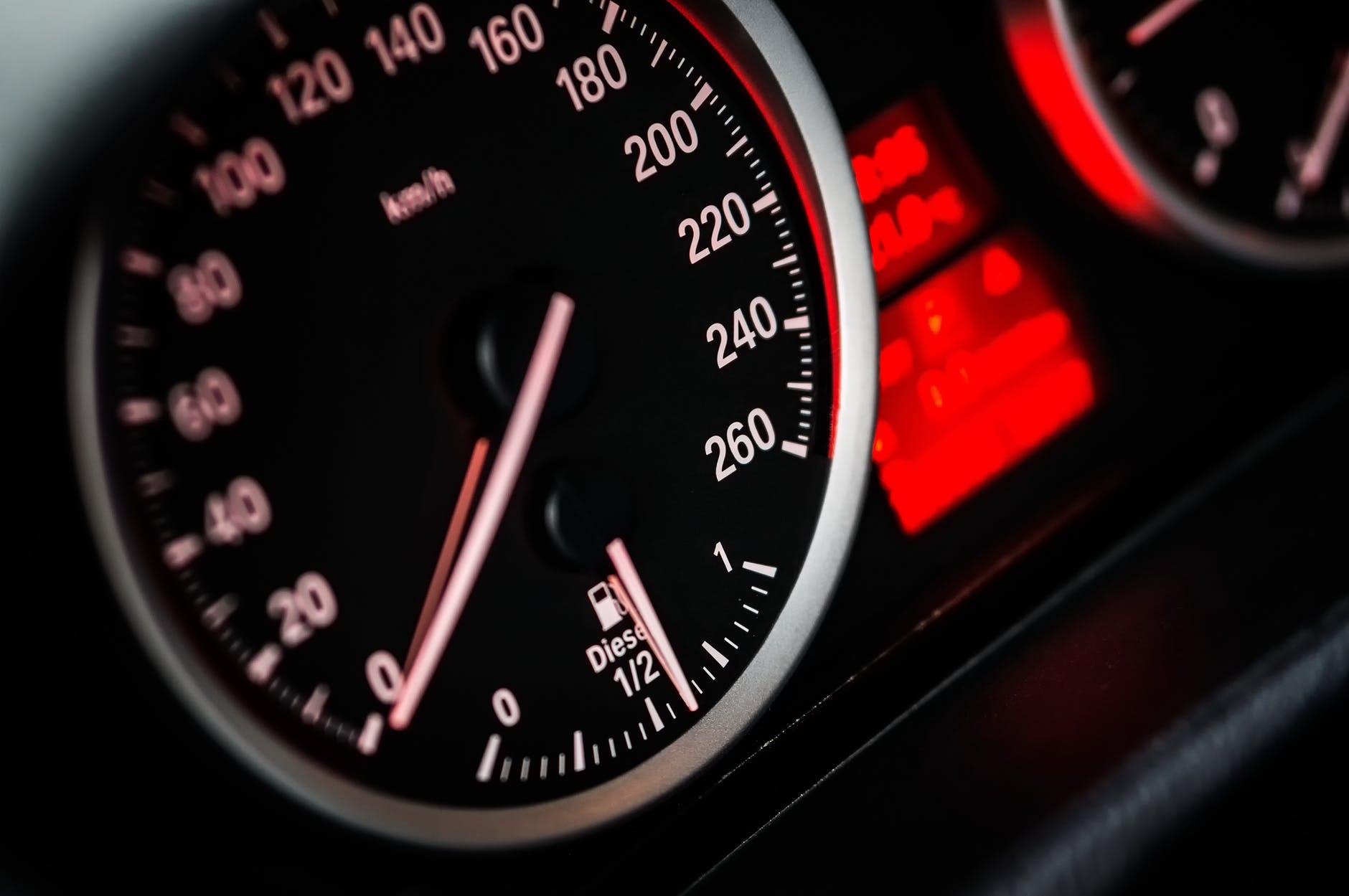Before you take a look at the used car market, you would want to get prepared first. With a huge market, there are so many choices available. Therefore, you can always find the one that suits your needs and budget if you do a proper search. The base for getting a good deal is to know what you are looking for and what you want to avoid.People would rather choose to buy an used car because it saves money on car insurance, registration, taxes, and depreciation. This helpful Guide For Buying A Used Car will make some things clear for you.

Determine the budget
The first step is to determine the amount of money that you can spend. Keep in mind that used cars might require additional maintenance, which will bring unexpected costs. This means that you have to plan your budget accordingly. Buying A Used Car means that it might not be in a perfect condition. Some cars can be cheap on first glance, but they will cost more on the long run because of those additional costs. When you compare prices, include all of the costs related to purchasing that vehicle. Get informed about how much does it cost to repair car scratches and replace worn out parts.
Type
Before you browse the cars available on the market, have a clear picture in mind of what you need. Which car features are a must? Having a family means that you need enough seating space for everyone. Narrow down your choice to three types of cars. Consider your needs and pick the right model.
Mileage
Mileage is one popular topic when we talk about Buying A Used Car because it can determine the value. Cars are made out of moving parts, which will wear out with use. An average car passes about 12,000 miles a year. Anything significantly above this is considered as “high millage” . Theoretically, low mileage means less wear and tear. However, “low mileage” is not always considered to be better. Why? You can’t judge the condition of the car only by looking at the mileage. High mileage car that has had regular maintenance is better than a low mileage that has been neglected. Only a professional mechanic can tell if the car is in good condition and can warn you about possible problems in the future.
There is one more reason that explains why low mileage is not always the better option. Old cars that have not been driven often lack exercise. Some of the car parts can get brittle if not used regularly. Hence, this can lead to additional repairs that can cost you money. After all, it seems that you can’t be sure that a car is worth buying only by looking at the mileage.Therefore, do not miss an inspection before you buy.

Exterior and Interior inspection
First, take a look at the exterior. Do not do this in dark places, because you can miss noticing some things. Look for any scratches, dents, and rust. Small damage is not a big deal. However, look for big rust patches or significant scratches that might point to a previous car accident. Make sure that all of the doors and the boot can be opened and closed properly.
When you have had a detailed exterior inspection, it is time to move to the inside. The dashlights should work properly. Look under the bonnet. The drive belts should be in good condition, without cracks and missing parts. Check for any leaks or greasy stains. Check the inside for rips and stains in the upholstery. Do not forget to check air conditioning, wipers, audio system, locks, and seat adjustment.



